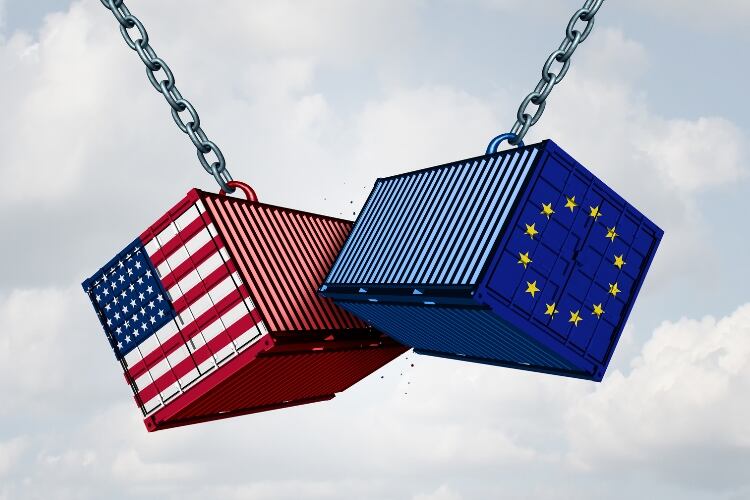On April 12, 2019, the United States Trade Representative (USTR) announced it is considering levying additional tariffs on European products included in 317 tariff codes, valued at approximately $21bn.
The US list of 317 European products includes 44 dairy tariff codes, which cover European butter, yogurt and cheese varieties with a 2018 import value of $1bn. However, of the more than 400 tariff codes on the EU list, only 11 include dairy products, and US dairy exports to the EU valued only $100m.
The recent announcement publicizes a more-than-a-decade-old dispute between the US and the EU. While butter, cheese, and yogurt imports account for a small percentage of US supply, and EU exports to the US represent a small percentage of European output, additional tariffs on selected European dairy exports to the US will create winners and losers, the authors of the report said.
EU affected more than US
Mary Ledman, global strategist – dairy at Rabobank, said, “In general, specialty European cheeses are high value and not necessarily as price sensitive at the retail level. However, a 100% surcharge on top of an already pricey product could have customers choosing a less-expensive domestic cheese or non-EU import.
“Many imported European cheeses are marketed and distributed by specialty food companies, which also carry domestic specialty cheeses in their product lines. As a result, an additional 100% tariff on European cheeses is likely to reduce the competitiveness of European cheeses in the US market, decrease the promotional activity of European cheeses, encourage US consumers to explore less-costly domestic specialty cheeses, and provide a competitive advantage to non-EU imported specialty cheeses.”
The report notes that the EU stands to lose more than the US, because US imports of European dairy products far exceed European imports of US dairy.
In this case, the winners would include, but not be limited to, the specialty dairy manufacturers across the US and in Australia, Canada, New Zealand, Norway, Switzerland, and other non-EU countries.
Biggest losers
Individually, the biggest loser is likely to be Ireland, with nearly 34,500 metric tons of annual dairy exports at risk of higher tariffs. Rabobank said nearly all US imports of Irish butter and cheese are covered under the 44 codes. More than 96% of cheese imported from France, Spain and the UK are included, as well as 75% from Denmark and Germany, and almost 50% of Italian cheese could be affected.
The US annual allocation of licensed EU butter is 9,616 metric tons and, as a result, Rabobank said the vast majority of Irish butter is subjected to the non-licensed TRQ rate of $1.541/kg. The report says the worst-case scenario is that if an additional 100% tariff was applied, US consumers would be paying double for European butter – and European branded butter is already twice the cost of US branded butter.Collectively, Rabobank said, the EU-28 can ill afford to lose the US as a market for more than 100,000 metric tons of cheese, especially with the uncertainty of a hard Brexit looming, which would place the UK’s 400,000 metric ton cheese market up for grabs.

